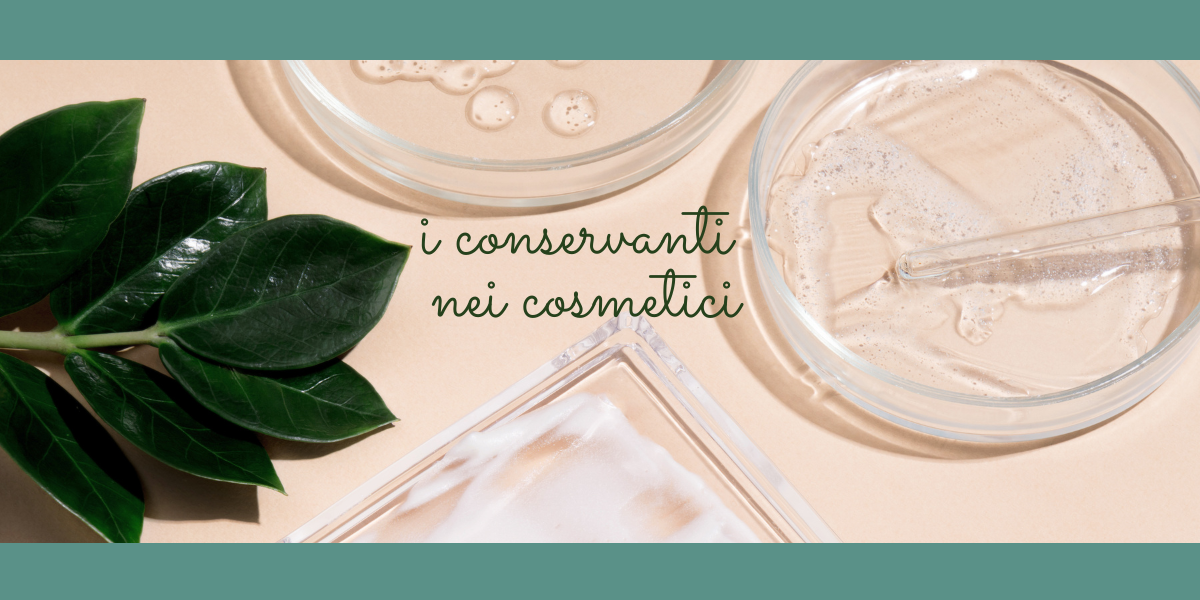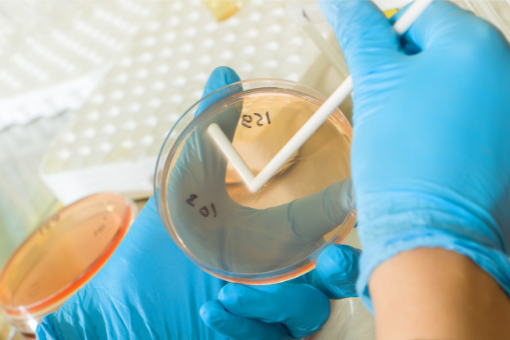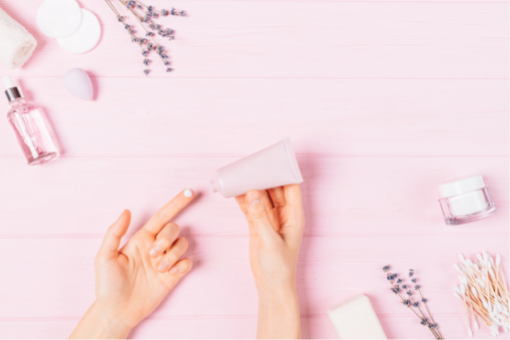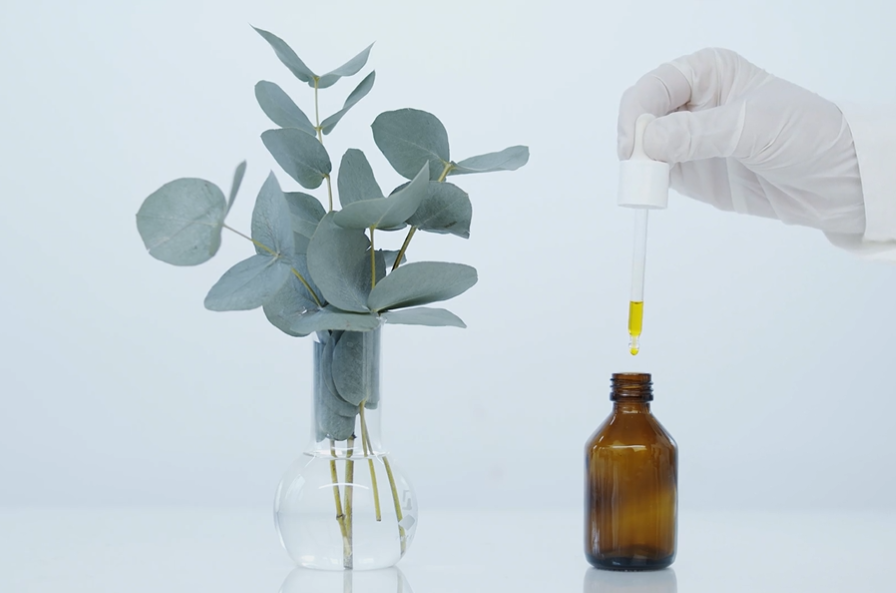05/03/2022
Cosmetic preservatives and conservation strategies
Among the components of cosmetics we find the much discussed preservatives. According to the provisions of the European Regulation (EC) No. 123/2009, a cosmetic product must be stable, safe and have high quality standards. Let's see what is meant by cosmetic preservatives in the strict sense and what alternative preservatives are. What are also the strategies that can be put in place to counter the growth of microorganisms on cosmetic matrices by those who formulate and produce? What are the tests that validate the effectiveness of the preservative system?

Preservatives in cosmetics
According to the provisions of the European Regulation (EC) No. 123/2009, a cosmetic product must be stable, safe and have high quality standards. What does stable and safe mean? That the product must maintain its organoleptic characteristics over time (smell, color, consistency) and harmless to health once applied to the skin or hair.
As with food products, the cosmetic is in fact subject to contamination by microorganisms such as bacteria, fungi and molds which find fertile ground for growth in it and could make the product no longer safe for the consumer.
It is necessary to think that both during the production cycle and in its commercial life, the cosmetic undergoes continuous exposure to non-sterile environments, therefore to microorganisms.
This is why the choice of the most suitable cosmetic preservatives in relation to the type of product, packaging, logistic, becomes fundamental in the development phase of the formulation.
Cosmetic preservatives allowed: Annex V
There are about 60 preservatives allowed for use in cosmetic products and they are all listed in Annex V of the Official Journal of the European Union, some of which are regulated by precise limitations of use and percentage allowed.
These are substances "intended exclusively or mainly to inhibit the development of microorganisms in the cosmetic product".
However some of them, although very effective at very low concentrations, have shown a rather high risk of sensitization over time. To cite an example, the use of products containing derivatives of isothiazolinones have shown a correlation with the onset of allergic dermatitis (Herman A, 2019 J.Eur Acad Dermatol Venereol 33(2): 267-276).

Tests that prove the effectiveness of a cosmetic's preservative system
Before being placed on the market, it is required by law (except in special cases such as anhydrous products or products with extreme pH or high % of alcohol) that the effectiveness of the preservative system is tested through specific tests carried out by specialized laboratories.
The test is called challenge test: the product is put to the test in microbiology laboratories, then "challenged" by inoculations at regular intervals of certain strains of microorganisms that mimic and extreme the exposure conditions that the product will have once on the market. In order for the preservative system to pass the test (which lasts 28 days) it must demonstrate that it is able to counteract and reduce the growth of inoculated microorganisms, bringing the level of contamination back within certain limits.
There is also an "in use" test which instead consists in having testers using the product, mimicking the real conditions of use. The product is then re-examined in the laboratory and subjected to microbiological tests. The result of this test will determine the robustness of the preservative system used in the product.
"Preservative-free" cosmetics
Due to the sensitizing power of some preservative molecules, the claim "without preservatives" has begun to spread in the last decade, initially used only for products intended for consumers with sensitive skin. This claim was gradually integrated with the "cosmetic of the without" which extended from the pharmacy channel to all sales channels, leading the marketing of numerous companies to focus their communication on the exclusion of some cosmetic ingredients and preservatives as a plus of product.
While it is true that the presence of sensitizing substances may be not recommended for pathological and particularly reactive skins, it does not represent a real danger to the health of consumers with healthy skin and not prone to allergies.
The wording indicating the absence of cosmetic preservatives refers to the fact that substances with an antimicrobial activity were used for the formulation of that cosmetic which cannot be defined as preservatives in the strict sense (therefore not included in Annex V) which in synergy with other conservation strategies limit the proliferation of microorganisms and significantly reduce the risk of contamination.

Cosmetics conservation strategies
In order to reduce the use of classic cosmetic preservatives in formulas, both for marketing and product recipients reasons, or for the production of certain types of certified cosmetics in which the use of some preservatives is limited, it is It is possible to implement different strategies (also in synergy) as a valid and proven alternative to the use of classic cosmetic preservatives.
The type of water
Usually the water used for production is purified water. Using water subjected to osmosis or ultraviolet light can help significantly reduce the risk of contamination
Limit "free" water
Microorganisms need water to grow and develop, therefore, substances capable of forming bonds with water are inserted into a formula, thus making it unavailable to microorganisms and effectively limiting their growth. These molecules are glycols, hydrophilic polymers, and lipo amino acids. We can mention for example Ethylhexylglicerin, Hexylene glycol or Capryloyl glycine, Pentylene Glycol, often used in synergy. These are all substances which, in addition to having a solvent and humectant activity, guarantee a booster effect for the conservation of the product due to their ability to bind water. They are the so-called "non-preservative preservatives" precisely because they are not listed in Annex V, "multifunctional" or "alternative preservatives".
In our database, searching by INCI or keyword, you can find the right combination of cosmetic preservatives by drawing on a rich list: you can ask for samples, information and formulation suggestions from the various specialized suppliers.
pH and chelators
Some bacteria, especially Gram negative ones, fail to grow in weakly acidic environments and in environments where there are few metal ions. This is why the use of acid pH and chelating substances, or substances that bind metal ions, combine to create an unfavorable environment for microorganisms.
Packaging
Reducing the probability of contamination therefore means reducing the contact of the product with an environment that is not sterile: the consumer's hands, the air the cosmetic comes into contact once opened. Choosing a suitable packaging carefully, preferring for example airless bottles or tubes over the classic jars is the smartest choice for some types of products, especially those formulated with alternative cosmetic preservatives. Specialized suppliers will be able to advise you on various alternatives to better protect your products, and you can contact them for info and samples directly from our portal.

Essential oils
The addition of essential oils in a cosmetic product helps to reduce bacterial growth as some substances contained in them - terpenes and phenylpropanoids, act with different mechanisms counteracting the cell vitality of bacteria: they can destabilize the bacterial cell wall up to the rupture of the external membranes, or act against some of the organelles that make up the bacteria, weakening them.
A further mechanism of action is represented by the blocking of the secretion of bacterial toxins.
Among the essential oils with more marked antibacterial properties we can mention for example thyme, tea tree, eucalyptus.
Search our database with keyword "essential oils" to discover the characteristics of each and the type of use and request offers and samples from suppliers.


